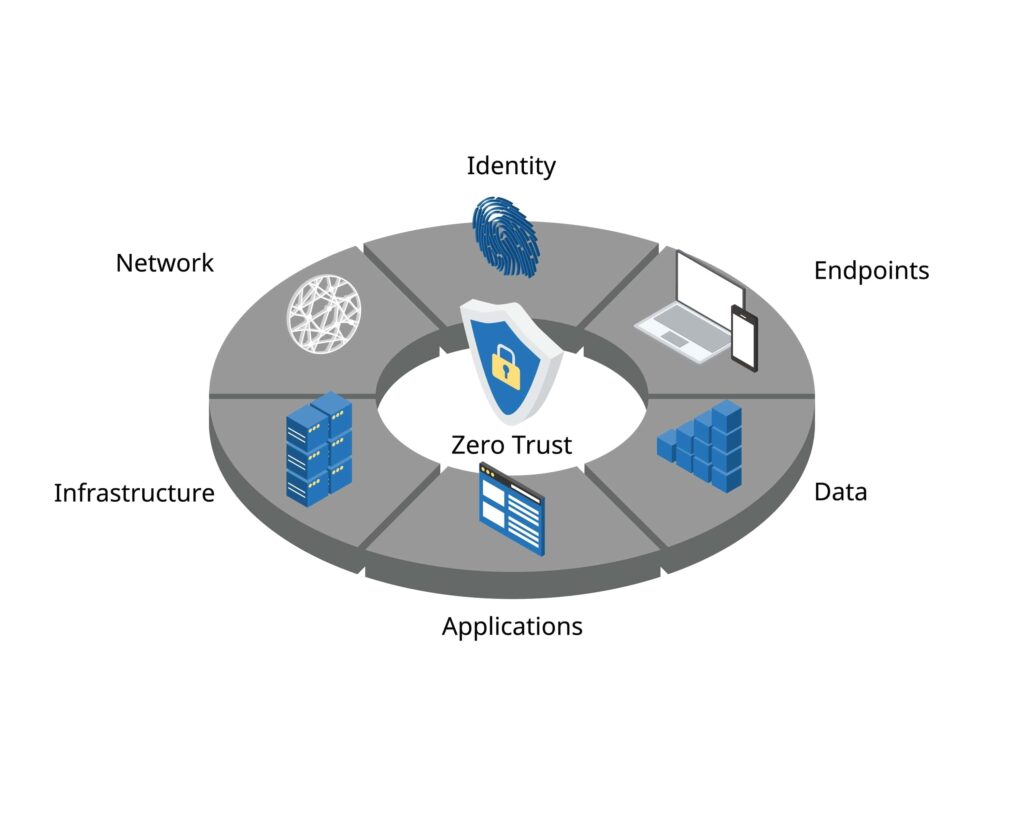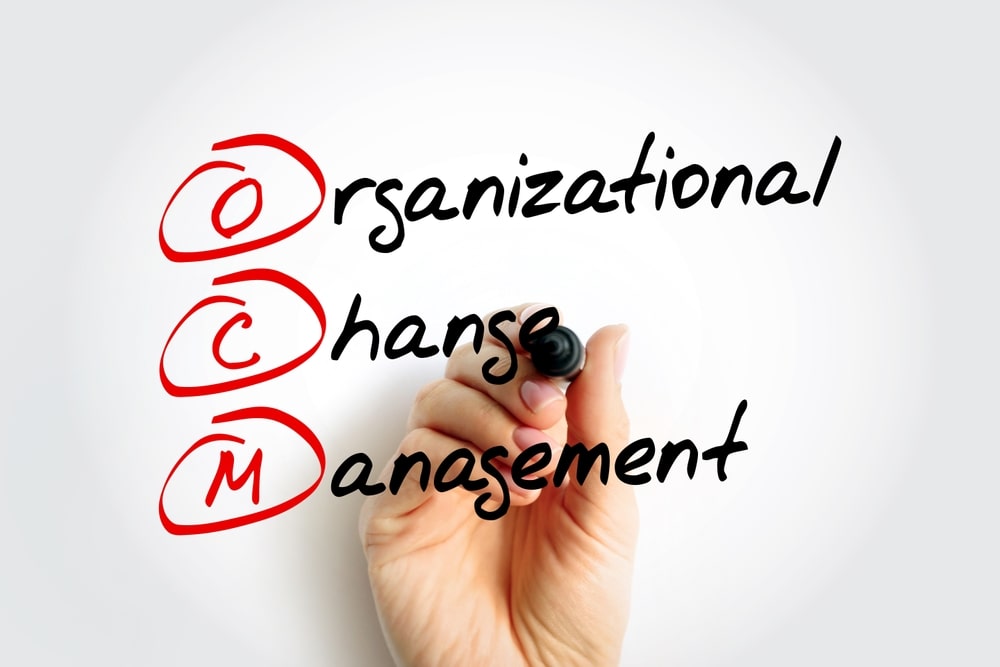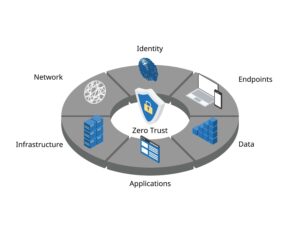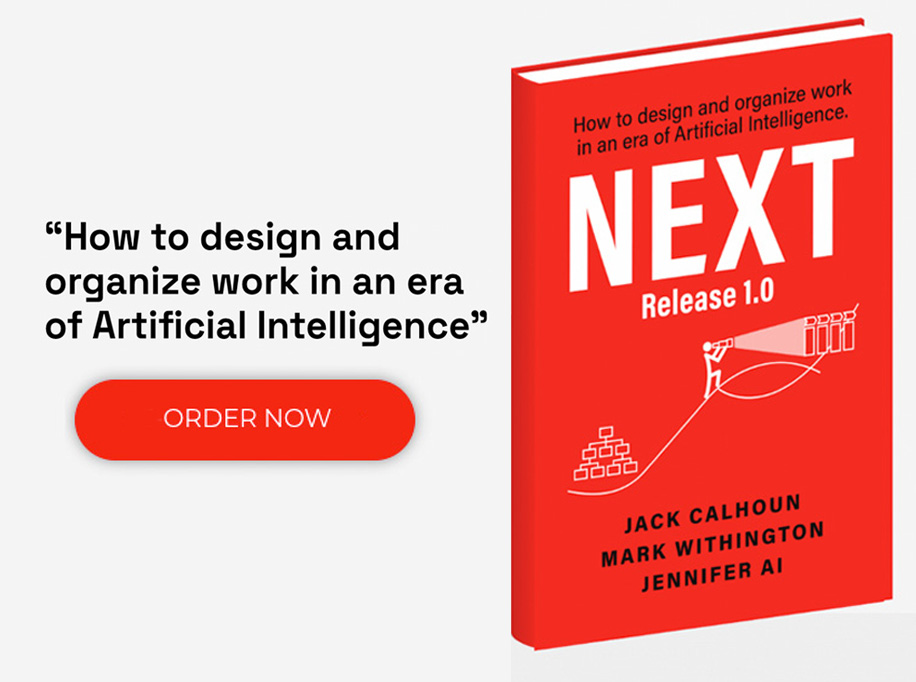Blogs
Recent Blog Posts
-
 How to Create Customer Personas: 7 Simple Steps
How to Create Customer Personas: 7 Simple Steps -
 How to Implement Zero Trust Security: A Step-by-Step Guide
How to Implement Zero Trust Security: A Step-by-Step Guide -
 Zero Trust vs. Traditional Security: Understanding the Differences for Your Business
Zero Trust vs. Traditional Security: Understanding the Differences for Your Business -
 What is Zero Trust Security?
What is Zero Trust Security? -
 What is Business Scenario Planning? A Beginner's Guide
What is Business Scenario Planning? A Beginner's Guide -
 9 Organizational Change Management Strategies for Business Leaders
9 Organizational Change Management Strategies for Business Leaders -
 AI Training for Employees: A Strategy for Business Growth
AI Training for Employees: A Strategy for Business Growth
Get in Touch







